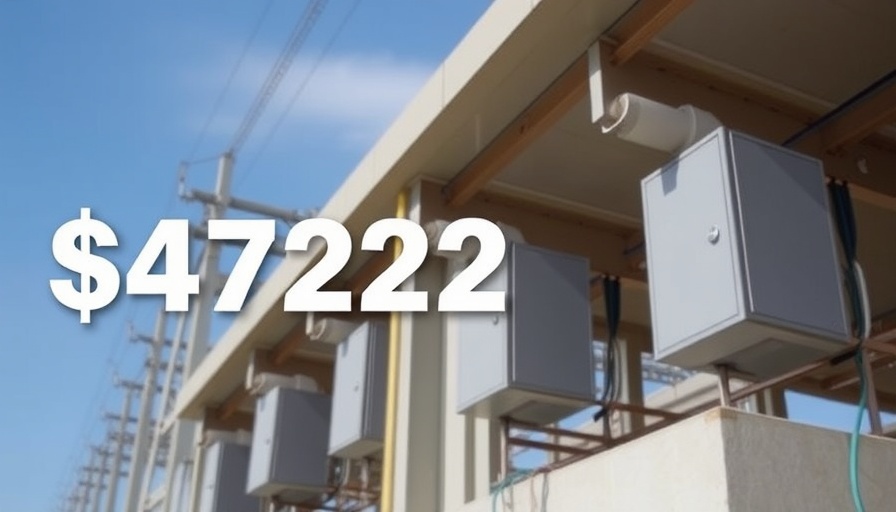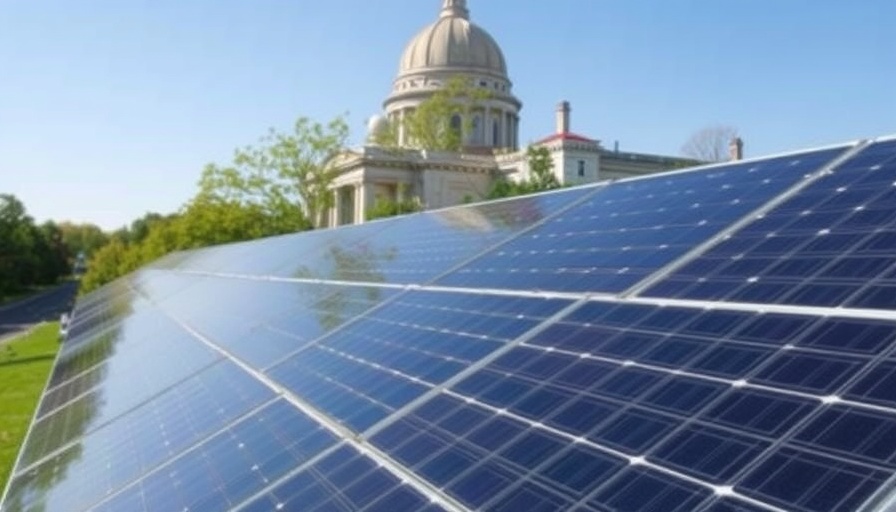
The Surprising Charge for 2018 Power Generation
The solar energy landscape has seen various fluctuations over the years, from changing regulations to evolving technologies influencing how homeowners harness solar power. Recently, a charge of over $4,700 for power generation linked to 2018 has left many consumers baffled, sparking discussions and concerns among eco-conscious homeowners and business owners alike. What does this charge represent, and how could it affect the future of household energy costs?
Diving Deep: Breakdown of the Charge
At first glance, the $4,722 charge appears daunting, particularly for those who have invested significantly in solar panels or systems. This fee likely reflects several factors, including operational costs, government incentives, or grid fees associated with solar power integration. As the push for renewable energy becomes more prevalent, understanding these charges can illuminate broader industry trends. It engages homeowners directly concerned about their energy expenses.
Historical Context: Evolution of Solar Costs
This charge does not exist in a vacuum. To understand its implications, one must examine the historical context of solar energy pricing. Originally, solar power was seen as a niche market targeted at eco-friendly consumers, but its growth has transformed it into a substantial competitor against traditional energy sources. Solar prices have been plummeting in the past decade thanks to advancements in technology, yet the introduction of fees like this one serves as a reminder that traditional power dynamics are firmly in place, existing alongside solar developments.
The Social Connection: Why Homeowners Should Care
For homeowners aged 30-65, many of whom are actively looking to lower energy costs, this charge is more than just a number. It's a symbol of the ongoing tension between traditional utilities and renewable sources. Sustainability-conscious consumers are eager for renewables, but they also worry about hidden costs that can taint the eco-friendly promise of solar energy. If these unexpected charges are to become more frequent, it disrupts the very model that many are investing in for future savings and environmental benefits.
Future Predictions: What Lies Ahead for Solar Energy Costs?
Looking forward, we can foresee two likely scenarios. On one hand, as more homeowners adopt solar energy, heightened demand may push utility companies to adapt and innovate, potentially eliminating or reducing such charges. On the other hand, if regulatory hurdles arise or if utility companies maintain traditional cost structures, charges could become commonplace. Homeowners must remain vigilant and advocate for transparent practices in energy pricing.
Actionable Insights: What Homeowners Can Do Now
Homeowners and eco-conscious consumers need strategies for managing these financial surprises. Investigating local and federal incentives can provide a cushion against such charges. Engaging in community forums or joining local clean energy advocacy groups could also help bring civic pressure toward greater transparency in pricing. Financing options or cooperative buying strategies can help lessen the burden as well.
Conclusion: Time to Reevaluate Your Energy Plans
This recent charge should act as a wake-up call for those invested in solar energy. While the technology holds the promise of lower energy costs and environmental sustainability, the financial implications need thorough examination. Homeowners should proactively seek information, consider all possible incentives, joining community efforts, and staying informed about energy company policies to safeguard their investments. In a rapidly evolving energy landscape, knowledge and advocacy are indispensable.
 Add Row
Add Row  Add
Add 



 Add Row
Add Row  Add
Add 
Write A Comment